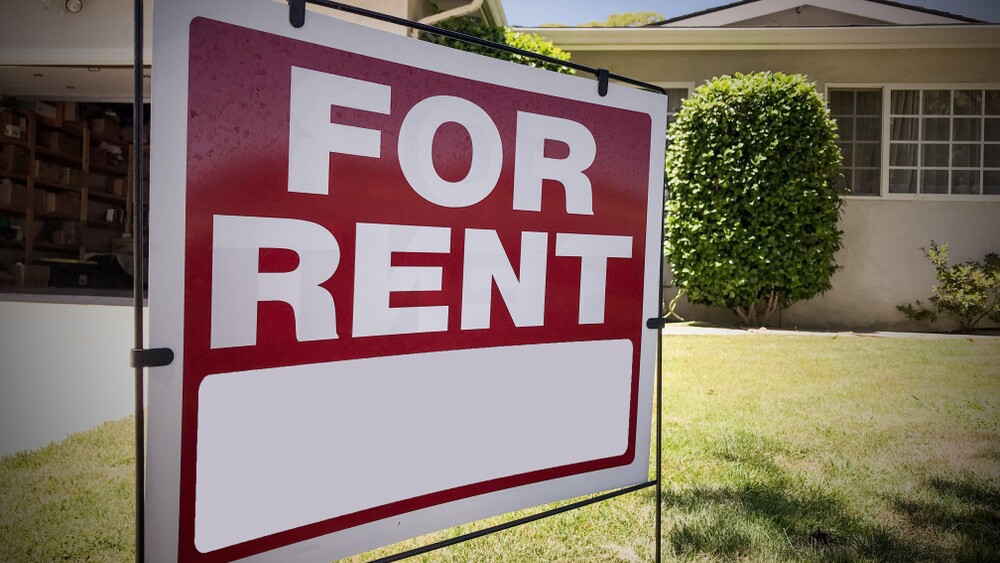The single-family rental (SFR) sector has sparked its share of controversy, primarily over concerns that institutional investors are blocking access to homeownership. Given the United States’ ongoing housing crisis, understanding whether SFR expansion increases rents and home prices is important but also just one element of the sector’s work on environmental, social, and governance issues (ESG).
Real estate is watching closely, with both climate and biodiversity emergencies heating up and poised to drive significant industry change. Understanding what companies in the SFR space are doing to improve their ESG impact is imperative.
Leading SFR companies are developing strategies to tackle social equity, land use, decarbonization, and resilience for maximum impact.
Social equity
The single-family rental market is deeply nuanced, and institutional investors own only a small fraction of the market. As Dan Magder, CEO of Center Creek Homes, has pointed out, “Conversations around multifamily rentals do not treat all investors the same. No one puts luxury high-rise apartments in Miami into the same category as income-restricted apartments in Baltimore. The single-family housing conversation needs that same level of basic distinctions.”
Reversing the traditional narrative around flipping homes to rent out to higher-income tenants, Center Creek has developed a for-profit model that purchases and renovates deeply distressed, discounted older homes at risk of aging out of the housing stock.
The company performs $35,000 in renovations per unit, on average, by adding insulating and air sealing, a mix of Energy Star windows, efficient appliances, and HVAC units—a list soon to encompass an option for rooftop solar. The homes’ low initial cost lets rent stay affordable.
Critically, Magder notes, “We layer on a whole suite of resident services: financial literacy training, credit counseling, free internet … and a program called Pathway to Homeownership that offers a two-to-one savings match. You put in $25, we’ll give you $50, up to a cap, directed towards a down payment to help turn renters into homeowners.” At scale, Center Creek believes this model could preserve thousands of units.
Tatiana Gutierrez, head of impact and sustainability at Pretium, another affordable SFR operator of existing homes, agrees and cites Harvard economist Raj Chetty’s work on opportunity insights, noting that a primary determinant of generational poverty is the zip code that a child grows up in and the social aspects of that neighborhood: school quality, neighborhood safety, and income mix. “Sustainably renovated rental homes in single-family neighborhoods broaden access for families who may not be financially ready to own a home in a community of opportunity, along with positive rent reporting, facilitation of credit score improvement, or the creation of new credit scores for previously rent-invisible residents.”
Environmental and land-use improvements
The single-family land-use pattern consumes much more land per unit than does multifamily. However, some companies are prioritizing developments with smaller footprints.
For Mill Creek Residential, a developer of multifamily and attainable rental communities as well as a new SFR line, that approach starts with density. “We wanted to make sure that we had a diversified product line that included townhomes, cottages, and detached single-family homes that would allow us to provide a high-quality suburban neighborhood experience in a variety of different settings,” notes Scott Herr, president, Southeast Single-Family Rentals.
Location is vital. “Selecting sites with adequate and available utilities, and within density-positive jurisdictions, reduces overall development footprints and impacts on the environment,” says Lucas Shires, regional director of land planning at Mill Creek.
Decarbonization
Many companies are building or renovating high-performing homes that follow what Brittany Ryan, head of sustainability, Americas at Nuveen, calls the “build tight and ventilate right” approach, which emphasizes envelope efficiency, including insulation, air sealing, and efficient windows, followed by efficient appliances and HVAC systems. LED lighting and low-flow water fixtures and irrigation systems are also parts of a common approach.
Many companies are integrating smart home features to attract tenants and help them manage energy costs and emissions. For example, Pretium now has more than 63,000 homes equipped with smart thermostats that allow residents to control temperatures and create efficient schedules for heating and cooling. Smart home tech enables Pretium’s property management company, Progress Residential, to offer proactive guidance and support to residents when extreme temperatures are expected.
Companies including Mill Creek are building all-electric, with no on-site natural gas or fuel oil. Electrification can increase residents’ electricity bills, but those costs can be offset by efficiency upgrades.
Integrating on-site renewable energy in SFR is less common due to cost and logistics considerations, but it isn’t impossible. Tricon Residential is building 1,200 homes in California that will feature solar panels, and Mill Creek is exploring applications of solar photovoltaic roof tiles. Pretium also piloted solar homes in its Phoenix market in 2023.
Some companies are even showcasing net zero SFR communities: Pearl Homes, which is developing net zero SFR homes in Florida; Man Group, which is using funds from European investors to build out 1,000 net zero rentals across the U.S.; and American Homes 4 Rent, which stated it will eventually operate at net zero.
To address transportation emissions, Mill Creek is adding electric vehicle charging capacity to all garages. Herr also notes that “Ideally, our communities are in areas that encourage our residents to [spend] more time interacting directly with their community .... We’d prefer that our residents can ride their bike or walk to the grocery store and be within 30 minutes of employment centers.”
Risk assessment
Hazardous climate events in many hot markets for SFR, largely in the Sun Belt, are growing in frequency. Given the demand for single-family properties, leading companies are turning to proven methods to mitigate risk.
As Mill Creek’s vice president of ESG, Kelly Vickers says, “In 2021, we began supplementing traditional insurance data with physical risk data from Moody’s Climate on Demand tool …. We include these reports in every investment committee memo and incorporate measures to address high and red-flag risks into design, where feasible.”
Scott Kelly, with Brookfield-owned Maymont Homes, highlights the role of working with tenants, pre- and post-disaster. The company tracks progress of major storms and communicates with residents on suggested disaster prep. Afterward, staff members quickly check on residents, and assess and repair any damage.
Climate resilience strategies have become critical, not only to protect residents but also for access to capital. “As we’ve transitioned more into this space, we want to be able to address the risk to the asset for our investors, as well,” Kelly notes.
The SFR Outlook
Progress on ESG in single-family rental, as in much of commercial real estate, is accelerating, particularly in the push for building decarbonization. Although there are still environmental and social issues to address, companies including Center Creek Capital and Progress Residential are creating social impact as a successful business model, and are defining how SFR can support socioeconomic mobility.
Thus, assessing the long-term ESG prospects requires examining all aspects of sustainability and understanding that single-family rental “done well” can support building generational wealth, addressing systemic barriers to opportunity, preserving affordable housing, and increasing access to greener homes and denser communities.






